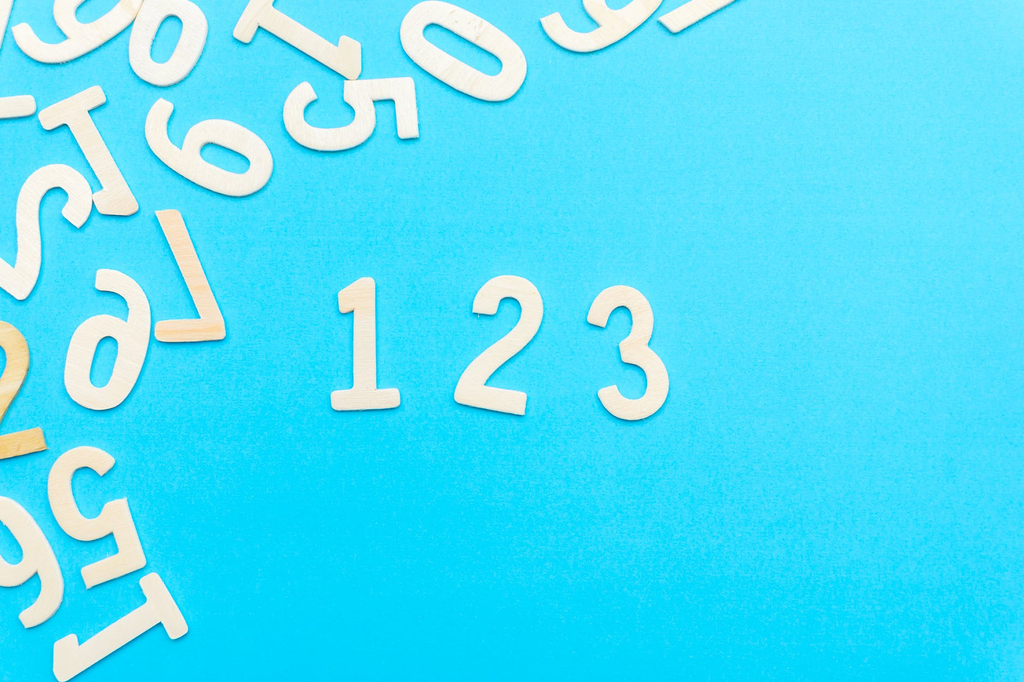We’ve seen many changes over the past year due to the COVID-19 pandemic. Because of the risk of infection, most sleep labs where sleep studies were performed in-person were forced to close — preventing patients from undergoing polysomnography (PSG) testing. This caused a shift in how sleep specialists tested and diagnosed their patients, transitioning from in-person testing to at-home sleep studies.
To better understand this diagnosing shift in sleep apnea, Itamar Medical surveyed 213 sleep professionals to determine the perceived impact of COVID-19 on traditional sleep laboratories. Here’s a closer look at the findings presented by the team at ApneaMed.
What Is Sleep Apnea?
Obstructive sleep apnea is a sleep disorder that causes an individual to stop breathing throughout the night, most often resulting in them gasping or choking for air. This happens because their soft palate collapses, blocking their airway and making it difficult for air to get through to their lungs.
Most individuals don’t realize they are choking or stop breathing in their sleep. Instead, they feel unrested even after receiving a full night’s sleep. In many instances, the patient’s partner is the first to notice any telltale signs of a sleep disorder because their partner’s choking or snoring awakens them. When left untreated, sleep apnea puts the patient at risk for other life-threatening conditioning such as stroke, diabetes, and heart disease.
The Survey’s Findings
Itamar Medical, a medical device and digital health company, surveyed sleep professionals in February and March 2021 to compare the current sleep apnea diagnostic market to the perceived impact of COVID-19 on traditional sleep laboratories. The participants of the survey ranged from physicians and technicians to respiratory therapists and sleep clinic directors.
Key findings of the survey included:
- 93% currently use home sleep apnea testing (HSAT) versus polysomnography (PSG) testing in their practices
- Home sleep apnea testing accounts for more than 50% of the daily test volume in 66% of the practices
Compared to pre-COVID-19 test mix:
- 67% of surveyed sleep professionals indicated PSG usage decreased
- 66% of surveyed sleep professionals showed HSAT usage increased
- 39% and 25% expect HSAT usage to be 50% and 75% or higher respectively of test mix post-COVID-19
- HSAT’s ease of use was noted as the most important feature, followed by reliability and accuracy
According to the survey results, post-COVID-19, many sleep professionals will continue opting for home sleep apnea testing instead of traditional polysomnography testing.
The Importance of Sleep Apnea Testing
Even after the risk of infection winds down following the recent COVID-19 pandemic, many sleep physicians plan to continue using HSAT. Not only is a home sleep study more affordable for the patient, but it is less time-consuming than a standard sleep study and provides just as accurate results as a PSG.
With the home sleep study, the patient will administer it themselves, setting up the device to record their blood oxygen levels, heart and breathing rates, and how often their body moves blood oxygen saturation.
Once the HSAT is complete, the patient sends back their sleep study so the results can be analyzed by one of ApneaMed’s board-certified sleep physicians. From there, our team will provide a recommended treatment plan for sleep apnea, such as an automatic positive airway pressure machine, otherwise known as APAP. A continuous positive airway pressure (CPAP) machine self-adjusts to the ideal air pressure, keeping the patient’s airways open while they sleep.
Are you ready to get a good night’s sleep? ApneaMed offers various home sleep tests and in-home breathing equipment to help you treat your obstructive sleep apnea.

